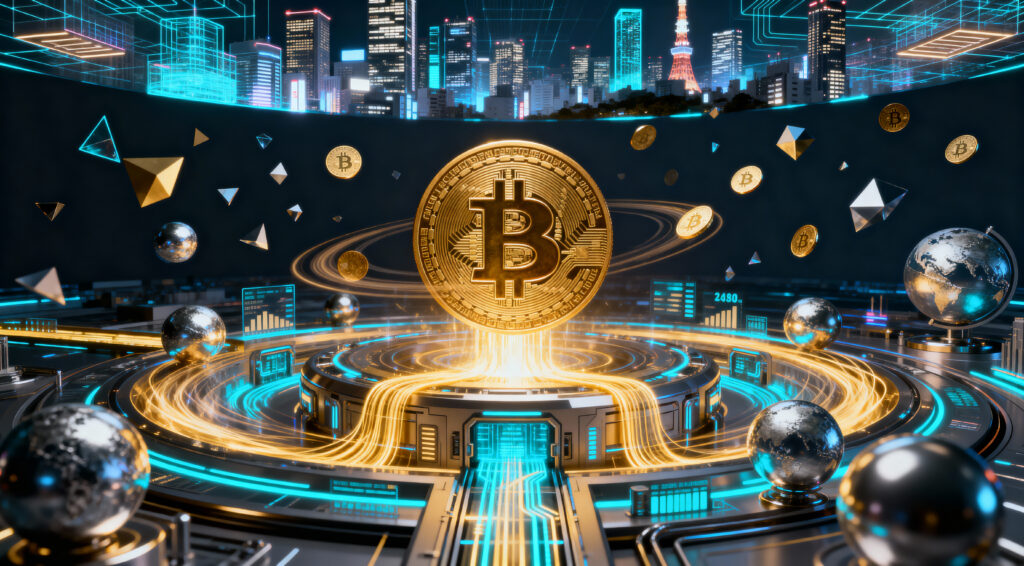The Enduring Fear of Automation in the AI Era
For as long as computers have existed, humanity has grappled with the underlying fear that machines might eventually usurp human labour. This apprehension has intensified dramatically over the past year, as artificial intelligence has begun to fundamentally overhaul the very fabric of how people work. The rapid advancements in AI technology have brought these long-standing concerns into sharper focus, making the prospect of widespread job displacement feel more realistic than ever before.
This growing anxiety is not merely speculative; it is fueled by public statements from industry leaders and observable shifts within major corporations, prompting a critical re-evaluation of the future of work across various sectors, particularly within white-collar professions.
Divergent Views on AI’s Influence on Employment
The tech industry itself remains sharply divided on the precise extent to which AI will impact employment. Dario Amodei, CEO of Anthropic, amplified these concerns in May, issuing a stark warning that AI could potentially spike unemployment, especially among white-collar jobs, to as high as 20% within the next one to five years. Indeed, certain companies are already actively integrating AI to perform tasks previously handled by human workers; Meta, Microsoft, and Salesforce, for instance, are increasingly leveraging AI for coding, among other responsibilities. Furthermore, CEOs from industry giants like Amazon and JPMorgan have publicly cautioned that their human workforces are likely to shrink as a direct consequence of AI adoption.
However, a healthy dose of scepticism is warranted for some of these predictions. The narrative that “AI is so good, it’s going to put humans out of jobs” often serves as a powerful marketing message for companies selling the technology, and it can also be a convenient justification for executives already considering workforce reductions. Conversely, figures like Nvidia CEO Jensen Huang suggest AI will only eliminate jobs if “the world runs out of ideas,” while Google DeepMind CEO Demis Hassabis considers an AI “jobpocalypse” among his minor concerns.
Corporate Restructuring and AI Implementation
Despite the nuanced debate among tech leaders, the reality is that tech companies themselves have indeed implemented significant workforce reductions this year. Hundreds, and in some cases even thousands, of roles have been cut as these companies increasingly integrate artificial intelligence to assume a growing share of software development and various other tasks. This trend suggests that regardless of the long-term outlook, AI is already playing a direct role in corporate restructuring and efficiency drives.
The immediate impact is a leaner workforce in certain areas, as AI tools become capable of handling routine or even complex programming and analytical functions. This ongoing shift within the tech industry itself serves as a tangible example of AI’s current influence on employment, prompting a broader conversation about how other sectors might experience similar transformations as AI adoption becomes more widespread and sophisticated.
Read More: AI and Korea’s Path to Collaborative Sovereignty
The Rapid Reshaping of the Workplace
There appears to be a broad consensus across the industry that the fundamental nature of work, encompassing both how tasks are performed and which responsibilities fall to humans, is poised for a dramatic transformation. This change is anticipated to occur with a speed potentially unprecedented in comparison to previous technological shifts the world has witnessed. More than half of Americans express worry about AI’s impact on the workplace, and a third believe that AI will ultimately lead to fewer job opportunities for them over time, according to a Pew Research Centre survey published in February.
Yet, the periodic, troubling AI failures that frequently make headlines, from Elon Musk’s Grok chatbot spouting antisemitic tropes to newspapers publishing AI-generated summer reading lists containing fabricated books, can make it challenging to fully believe that a wide-scale reliance on a fully autonomous robot workforce is just around the corner. Gaurab Bansal, executive director of Responsible Innovation Labs, suggests a “complex reshaping, rather than a straightforward elimination,” signalling a period of prolonged uncertainty.
Agentic AI and Enhanced Human Productivity
Tech giants are introducing “agentic AI” tools to handle complex, multi-step tasks without constant human prompting. Examples include coding websites based on user ideas or researching topics. OpenAI recently launched an agent mode for ChatGPT, while Anthropic introduced a model that can work independently for almost an entire workday.
Swami Sivasubramanian, vice president of agentic AI at Amazon Web Services, highlights the potential applications of these systems in the workplace. Amazon used an AI developer agent to upgrade 30,000 software applications, saving $250 million. Microsoft CEO Satya Nadella reported that 20% to 30% of their code is generated by AI, while Meta CEO Mark Zuckerberg expects half of his company’s code development to be AI-driven by next year.
Job Augmentation Versus Elimination
While certain categories of work, particularly those involving repetitive or highly structured tasks like coding and data analytics, are ripe for more significant disruption, many experts contend that most other roles will undergo profound changes rather than being outright eliminated. The prevailing view is that the majority of workers will increasingly utilise AI as a powerful tool to automate mundane and repetitive tasks, thereby freeing up more of their time and cognitive energy to focus on the more creative, strategic, or relational aspects of their jobs.
For example, a doctor might employ an AI assistant to efficiently take notes during a patient’s visit and autonomously complete their chart, allowing the doctor to dedicate more valuable time to face-to-face discussions and empathetic interactions with the patient. Meta’s Chief AI Scientist Yann LeCun asserts that “Most tasks for most jobs can’t be automated,” reinforcing the idea that AI is “good, but not perfect, for a subset” of tasks and thus cannot fully replace most human workers.
Preparing the Workforce for the AI Era
Companies and governments are investing in initiatives to prepare workers for the evolving AI era. A consortium of tech giants is partnering with teachers’ unions to establish an AI training academy in New York City. The White House pledged to invest in AI training and education for America’s youth, with 68 firms signing the pledge. Freshworks CEO Dennis Woodside is reassigning workers to more hands-on, proactive client engagement roles. While some predict AI will render certain jobs obsolete, there is also a belief that it will create new categories of work that are currently unimaginable.
Dan Priest, chief AI officer at PwC, draws parallels to the Internet era, where trillions of dollars of economic value were generated annually, leading to the emergence of some of today’s most valuable companies. However, the transition period could be uncomfortable, with experts expecting lower wages for white-collar workers as AI augments productivity. Policymakers must devise a new economic framework for the AI era to ensure its benefits are equitably distributed, rather than solely benefiting powerful tech companies.















